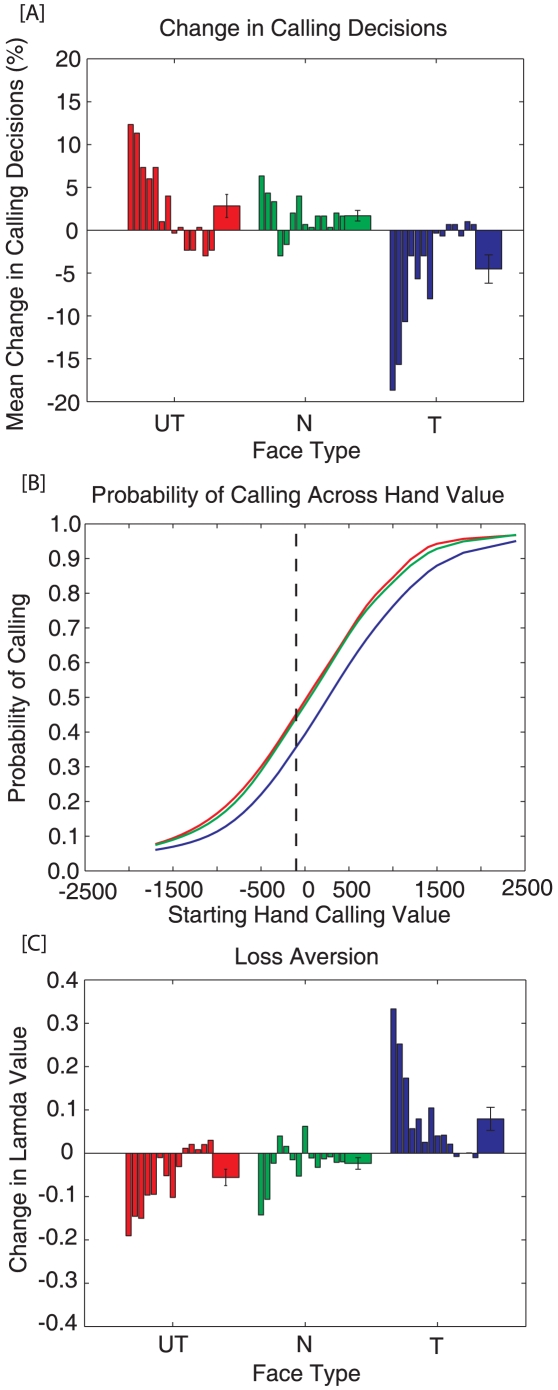Figure 5. Changes in calling behavior and loss aversion parameters across faces types.
In Panel A, the first 14 bars reflect individual participant data, while the last bar represents the average for each condition (Error bars represent ± SEM). [A] Change in calling decisions across face types. Participants called significantly less against trustworthy opponents (Blue) than neutral (Green) opponents. [B] The observed changes in calling resulted from a shift in the average calling function for trustworthy faces. This suggests that participants ded a staneerting hand with greater expected value in order to call at similar rates against a trustworthy opponent. [C] Change in lambda values for the utility fits across face conditions. The results show that lambda values are significantly greater against trustworthy opponents than against neutral or untrustworthy opponents. Moreover, subjects are gain-loss neutral, unless they are playing a trustworthy opponent, when they show significant loss aversion.

